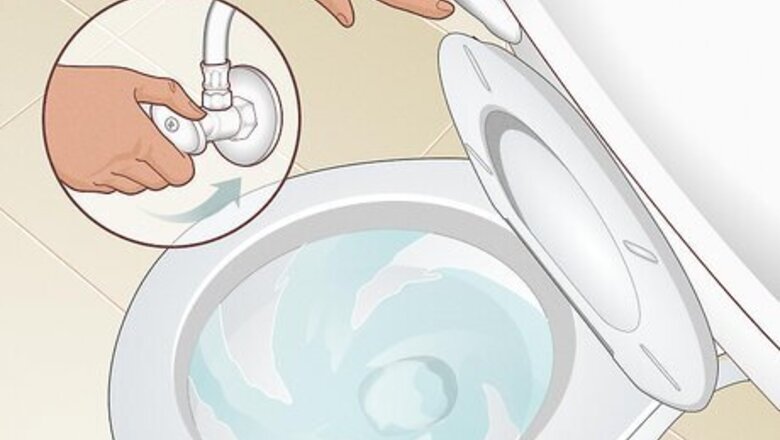
views
Cleaning the inside of Your Toilet Tank
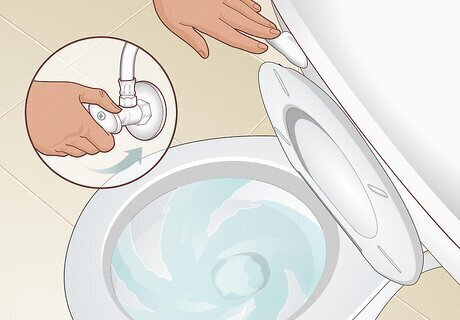
Turn off the water valve and flush the toilet to drain the tank. Professional plumber James Schuelke says that the “best way to drain a toilet tank would be to shut off the angle stop, or the valve that's directly below the toilet tank.” Then, open the tank lid and flush the toilet so the water flows from the tank into the bowl. The water valve is located behind the toilet, underneath the tank, and towards the base. Turn it counterclockwise the entire way to cut off the water supply. This will leave a small pool of water at the bottom of the tank, giving you enough space to scrub the sides. If you’d like your toilet tank to be empty while you clean, Schuelke recommends using “a wet shop vac [to] extract the remaining” water.
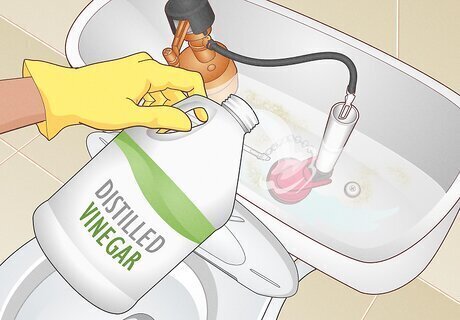
Add vinegar to the tank to remove rust, mold, mildew, and minerals. Pour in enough distilled white vinegar to fill the tank up to the overflow valve (about ⁄2 inch (1.3 cm) from the top) and let it sit for up to 12 hours to dissolve mineral deposits, mildew, mold, and rust. For a standard-size tank, you’ll need 2 to 3 gallons (7.6 to 11.4 L) of vinegar. Put on a pair of rubber gloves and make sure the area is well-ventilated before starting. Cleanzen Cleaning Services says that “White vinegar has a strong, acidic property that can tackle rust effectively.” Vinegar is effective against 82% of mold species. If your tank has black mold, get a professional to test it because it might be toxic or spread elsewhere in your home.
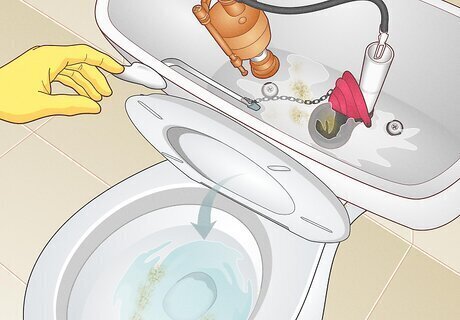
Flush the toilet until the tank is empty. After the vinegar sits for 12 hours, flush the toilet until the tank only has a small amount of water pooled at the bottom. That way, you can scrub the walls with a disinfectant. Optionally, use a scrubbing brush or pumice stone to loosen any mold, mildew, or rust that remains on the walls.
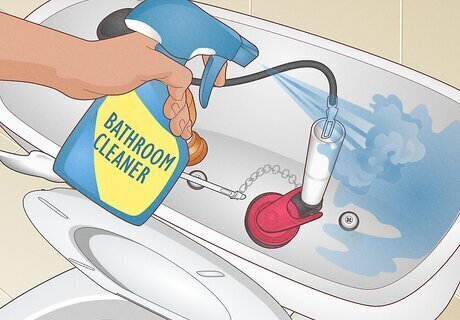
Spray the inside with a bleach-free bathroom cleaner and scrub. Spray the walls thoroughly with a bathroom cleaner or disinfectant labeled “bleach-free.” Let it sit for 15 minutes. Scrub with a toilet scrub brush, a plastic bristle cleaning brush, or an old toothbrush. Use a cloth or paper towel to wipe down the internal parts of the toilet. As a more natural alternative, mix ½ cup (136 g) baking soda, 1 cup (240 mL) white vinegar, and 2 tablespoons (30 mL) of dish soap. Pour the mixture into the tank and use it to scrub the walls of the tank. Try to avoid using bleach. Mixing vinegar and bleach can create toxic chlorine gas. Bleach and bleach products can also corrode the internal parts of your toilet.
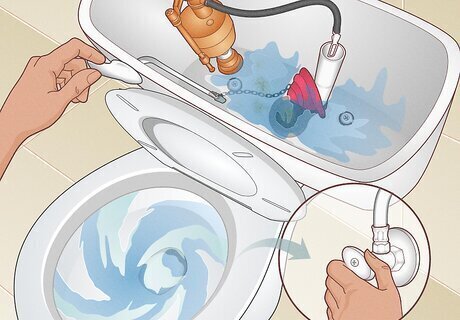
Flush the toilet and turn on the water to refill the tank. Turn on the water supply valve under the tank and flush the toilet until the tank is completely drained. Flush 2 to 3 more times to rinse all the vinegar and other cleaning products out of the tank. Place the lid back on the tank, and you’re done!
How Often to Clean Your Toilet Tank
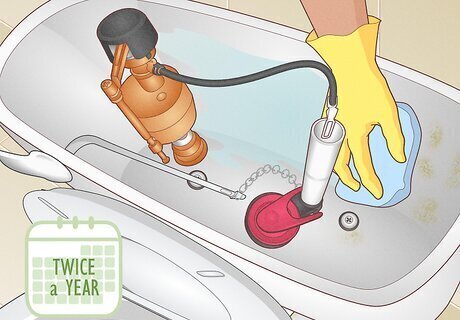
Clean your toilet tank at least twice a year. If your toilet uses “hard water,” or water with more dissolved calcium and magnesium, clean the tank every 3 months. If your bathroom is extra warm and humid, try to clean it once a month to prevent mold. Check for mineral deposits regularly—if you notice mineral build-up before your next bi-yearly cleaning, try to clean every 3 months instead. You can also prevent mold in the future by venting your bathroom with fans or keeping the windows open.
Maintaining Your Toilet Tank
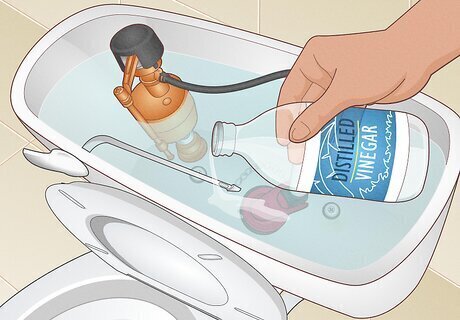
Add 1 cup (240 mL) of vinegar to the tank once a month. To keep your tank clean for longer and to further eliminate mold and other issues, try adding 1 to 2 cups (240 to 470 mL) of white distilled vinegar to the tank. Let it soak overnight, then flush the toilet the next morning. Alternatively, add 4 to 6 cups (950 to 1,420 mL) of vinegar, let it sit for about an hour, and flush several times. Repeat 1 to 2 times between regular cleanings.
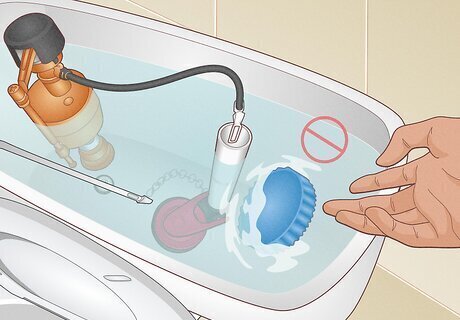
Avoid using tank tablets, toilet tank cleaners, or bleach. Many tank tablets, commercial toilet bowl cleaners, and tank cleaners include bleach and other chemicals that can corrode and damage the parts inside your tank. If you do use these products, look for ones that don’t have bleach and are labeled “natural” or “chemical-free.” Many toilet manufacturers also void their warranties if you use in-tank cleaners, but using vinegar, bleach-free disinfectants, and elbow grease is usually safe.


















Comments
0 comment